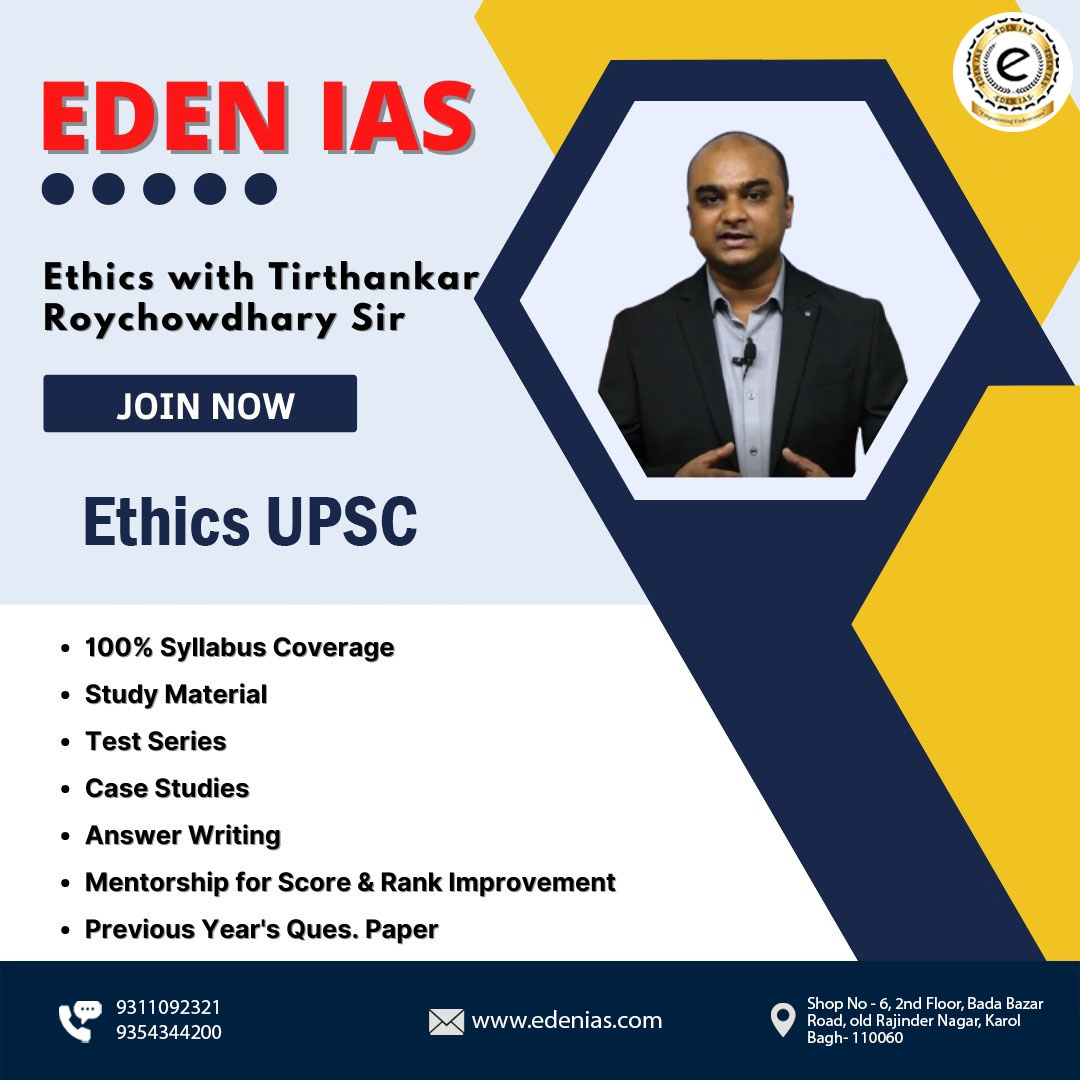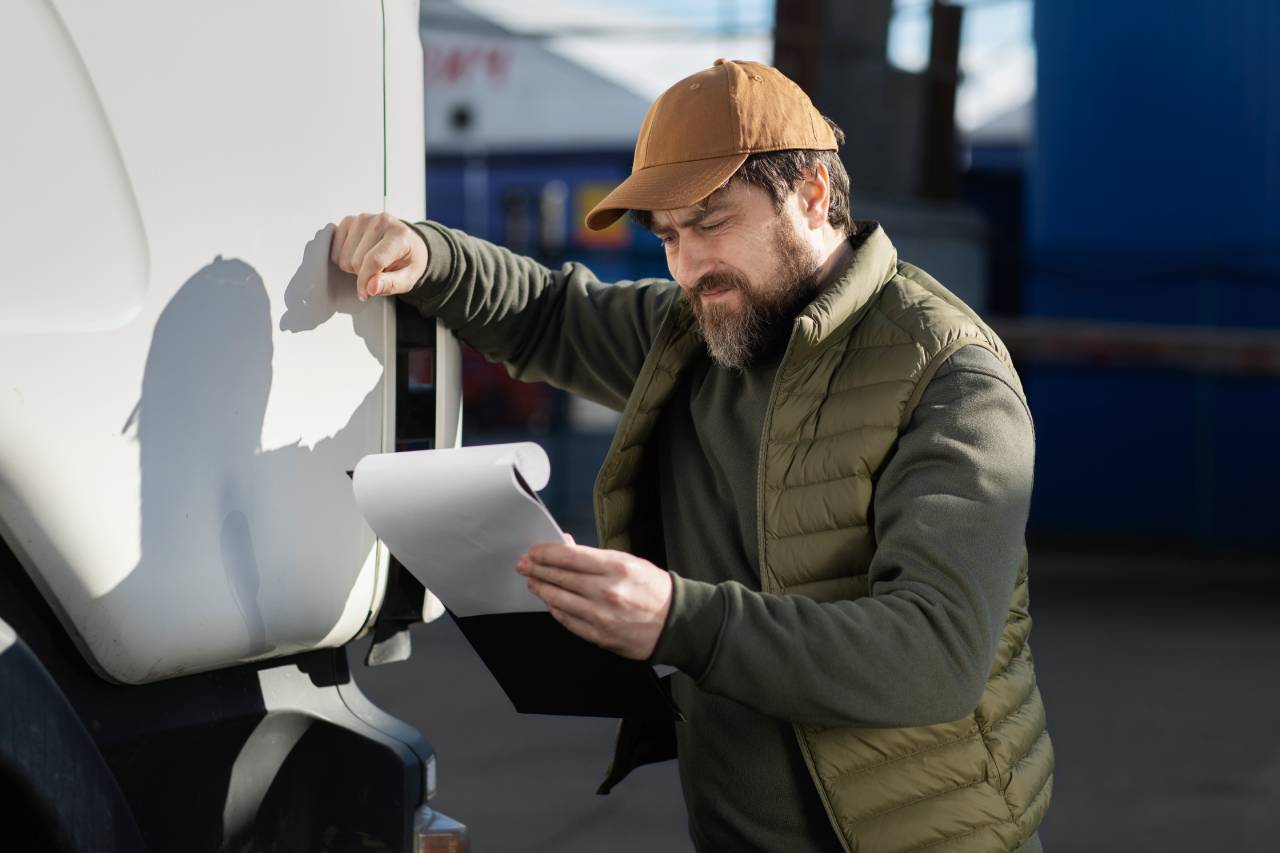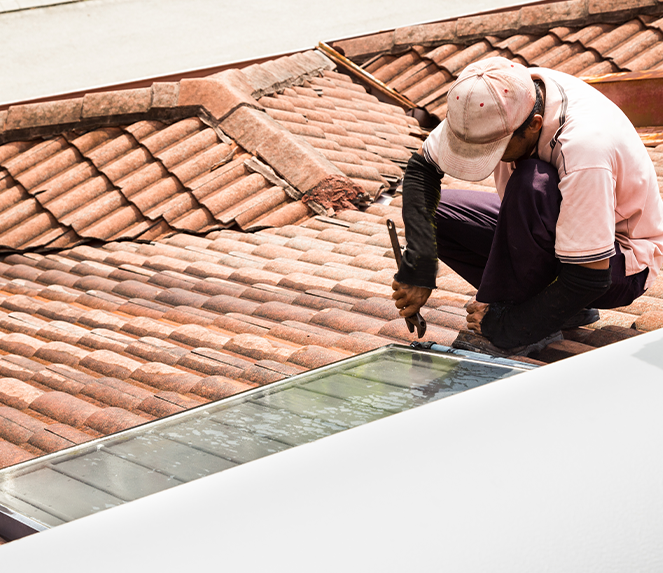Supplementing your pension during retirement requires some financial planning. Since many people retire from working life without committing much savings to their retirement, pensioners have to use other methods. One of them is the reverse mortgage, one of the formulas that have become popular again in recent years to supplement the pension.
The reverse mortgage is a loan that the owner of a home requests from an entity by putting his own house as collateral. In exchange, the bank will pay you an agreed amount month after month for a certain period, which will allow you to supplement your pension. However, this alternative has small print, which the heirs must especially read since they will be the ones who will have to decide after death what to do with the debt generated through the reverse mortgage.
How does the reverse mortgage work?
Reverse mortgages are products designed for the elderly, which allow them to supplement their retirement pension once they have retired from the labor market. For this reason, this type of product can only be requested by people over 65 years of age who own a home.
Regarding the amount to be received, this will depend on the home’s value (which the owner must reassess for the bank) and the chosen payment method. Since the most common thing is to acquire the reverse mortgage to receive periodic income (monthly, quarterly, or semi-annually), the entity will consider the appraisal of the home and the age of the owner. The amount of the payments that the bank will lend to the client will be determined.
But how is the money returned? One of the advantages of reverse mortgage retirees is that they will not have to repay the capital since the debt will pass to the heirs once the mortgage holder dies. However, the inconvenience for the heirs is that this loan is not a regular loan, in which the amount to be repaid is reduced from term to term. Still, in the reverse mortgage, the amounts are taxed with an interest rate increasing (on average, between 5% and 6%) that increases as the life of the loan lengthen.
What options do heirs have?
Once the person who contracted the reverse mortgage dies, the bank will adjust the final amount to be paid. This amount will include the amounts paid, in addition to the interest generated throughout the life of the loan. In this situation, the heirs have different options. The first of all will be to decide whether or not to accept the inheritance. If they receive it, in addition to benefiting from the rights left by the deceased, they will also have to face their debts, and that is where they will have to decide on the reverse mortgage and the home.
To do this, they will have three alternatives: one of them is to maintain ownership of the home and, therefore, assume the debt and return all the money borrowed, in addition to interest. Another option is to sell the property to pay off the debt. However, in these cases, it will be necessary to take into account that the money obtained with the home could be less than the debt to be paid, so, in this case, the heirs will have to sell other assets of the inheritance or take out a mortgage to pay the remaining amount.
Finally, as explained by the Bank of Spain, the heirs can “decide not to repay the overdue debt with interest” so the creditor can collect up to the extent of the inheritance assets.




